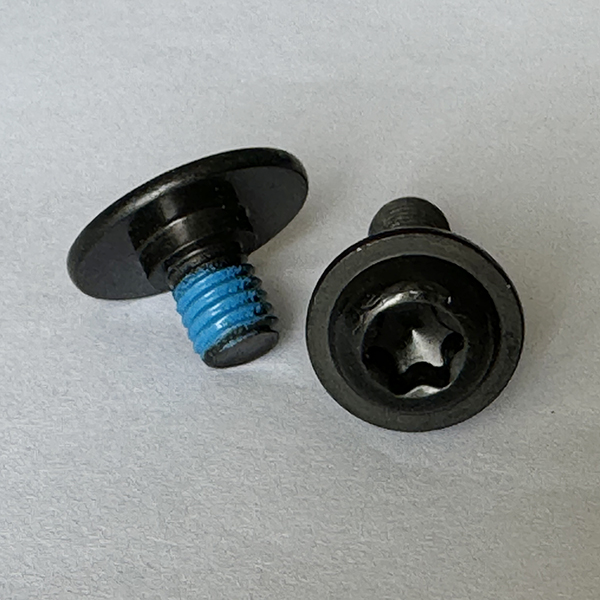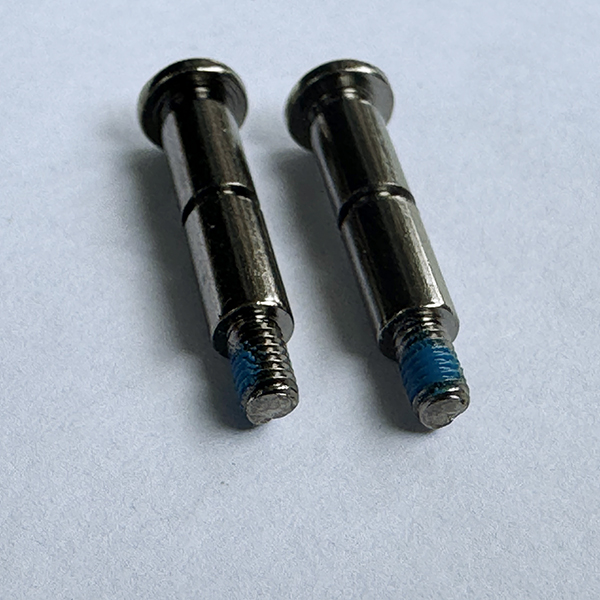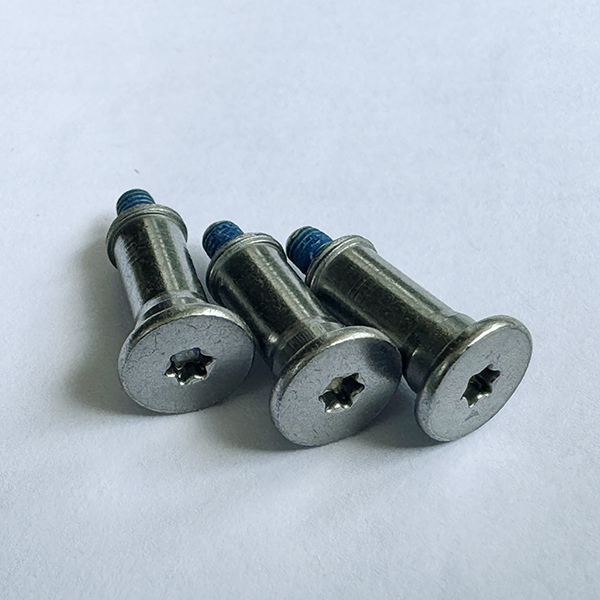1. What is a Semi Cover Thread Rolling Machine?
A Semi Cover Thread Rolling Machine is a type of industrial machinery used for forming threads on materials like bolts, screws, and other fasteners. "Semi cover" typically refers to the design of the dies used in the process, which partially cover the workpiece while rolling the threads.
2. How does a Semi Cover Thread Rolling Machine work?
The machine uses hardened steel dies that have the inverse profile of the thread shape. As the material is fed through the machine, the dies roll over the surface, deforming the material to form the thread pattern.
3. What materials can be used with this machine?
These machines can work with various metals, including but not limited to carbon steel, stainless steel, brass, and aluminum. The choice depends on the hardness of the material and the strength of the thread required.
4. What are the advantages of using a Semi Cover Thread Rolling Machine?
High Efficiency: Can produce threads faster than cutting processes.
Cost-effective: Reduces material waste compared to cutting operations.
Strength: Rolled threads are stronger due to the cold working process which improves the material properties.
Surface Finish: Produces better surface finish compared to cut threads.
5. How do I maintain a Semi Cover Thread Rolling Machine?
Regular maintenance includes:
Cleaning the machine and removing debris.
Lubricating moving parts to reduce wear.
Checking and tightening bolts and nuts.
Inspecting dies for wear and replacing them when necessary.
6. Can this machine handle custom thread profiles?
Yes, but it requires custom-made dies that match the desired thread profile. Customization should be handled by the manufacturer or a qualified service provider.
7. Are there safety precautions to consider when operating the machine?
Absolutely, safety is paramount. Operators must:
Wear appropriate personal protective equipment (PPE).
Follow all manufacturer guidelines.
Ensure all guards and shields are in place.
Undergo proper training before operating the machine.
8. What kind of power supply does the machine require?
The power requirements depend on the model and size of the machine. Typically, these machines run on either single-phase or three-phase electrical supply. Check the specifications provided by the manufacturer.
9. Is operator training necessary?
Yes, operators should be trained on the specific machine they will be using. Training should cover safe operation, troubleshooting, and basic maintenance procedures.
10. Where can I find replacement parts and service?
Replacement parts and services are usually available from the original equipment manufacturer (OEM) or authorized dealers. It's advisable to use genuine parts to ensure compatibility and performance.






















































